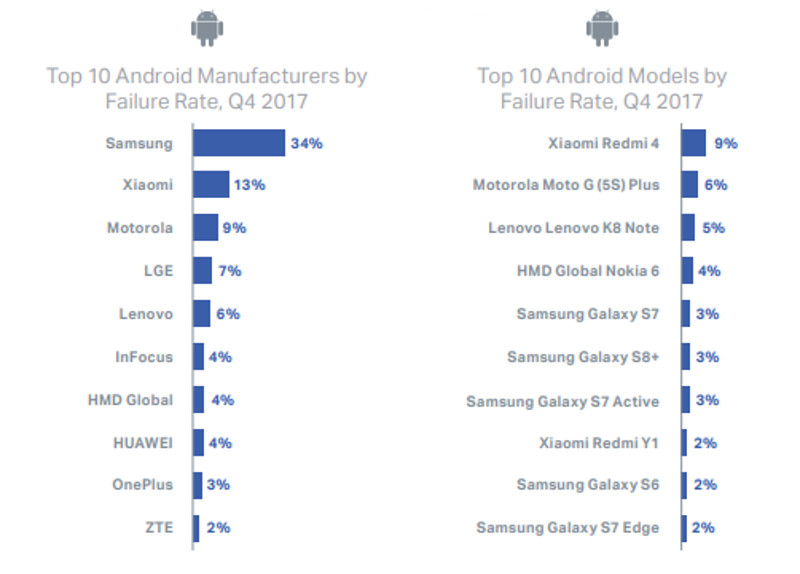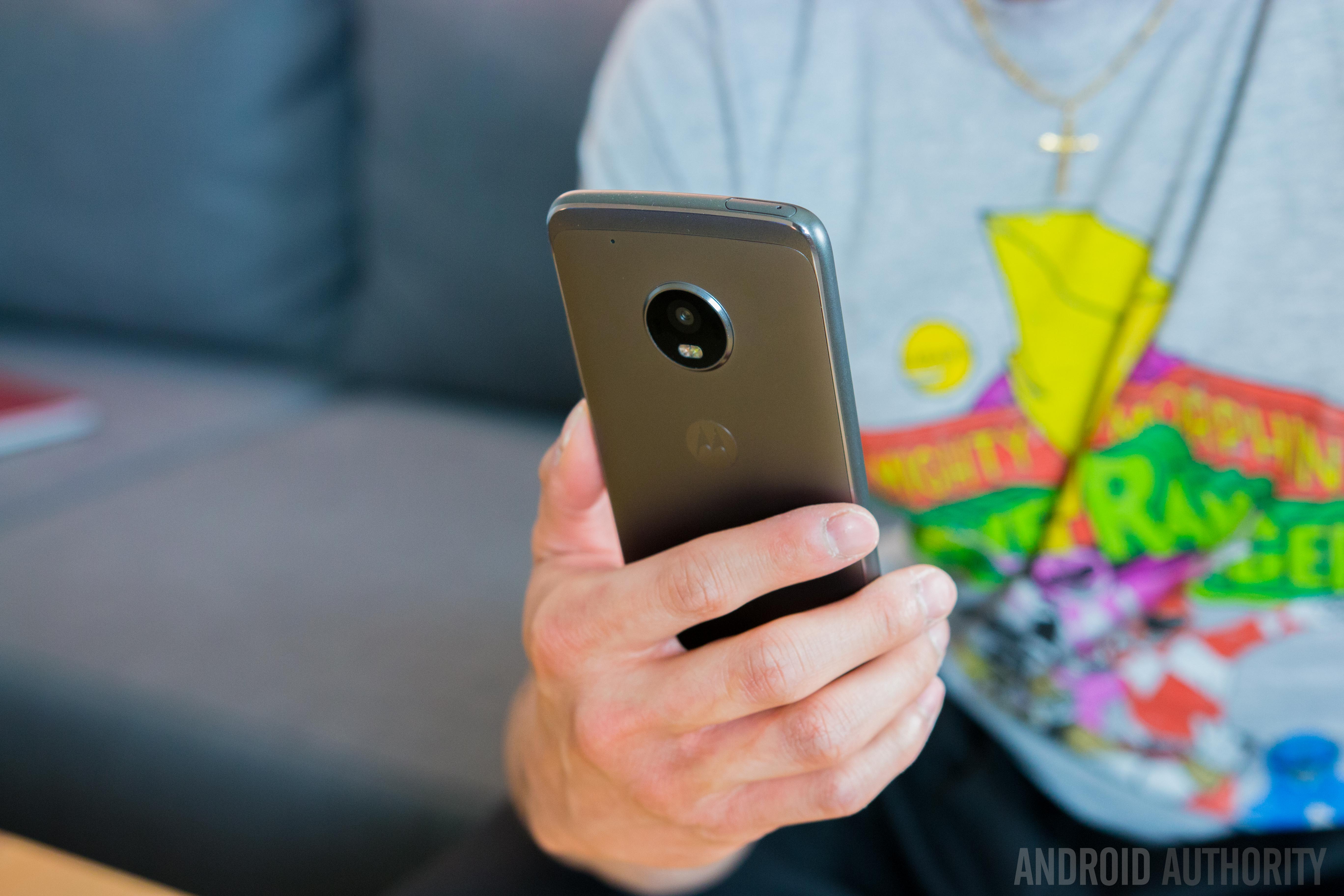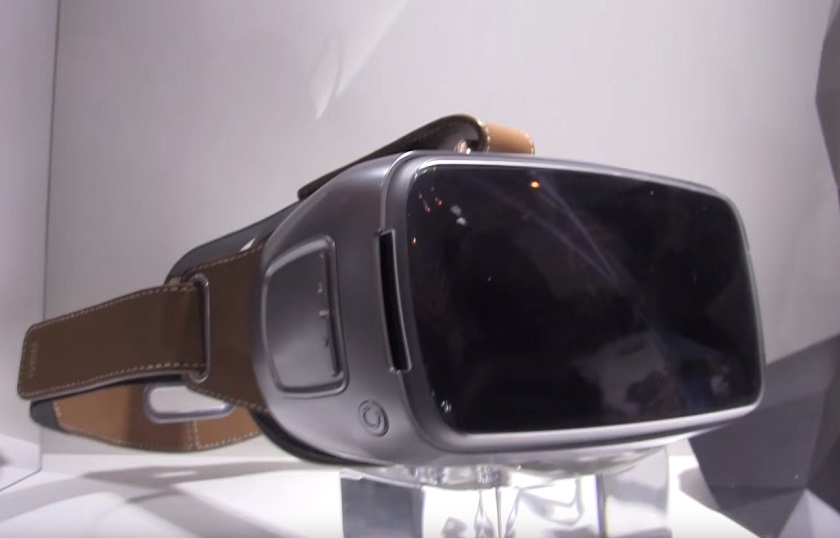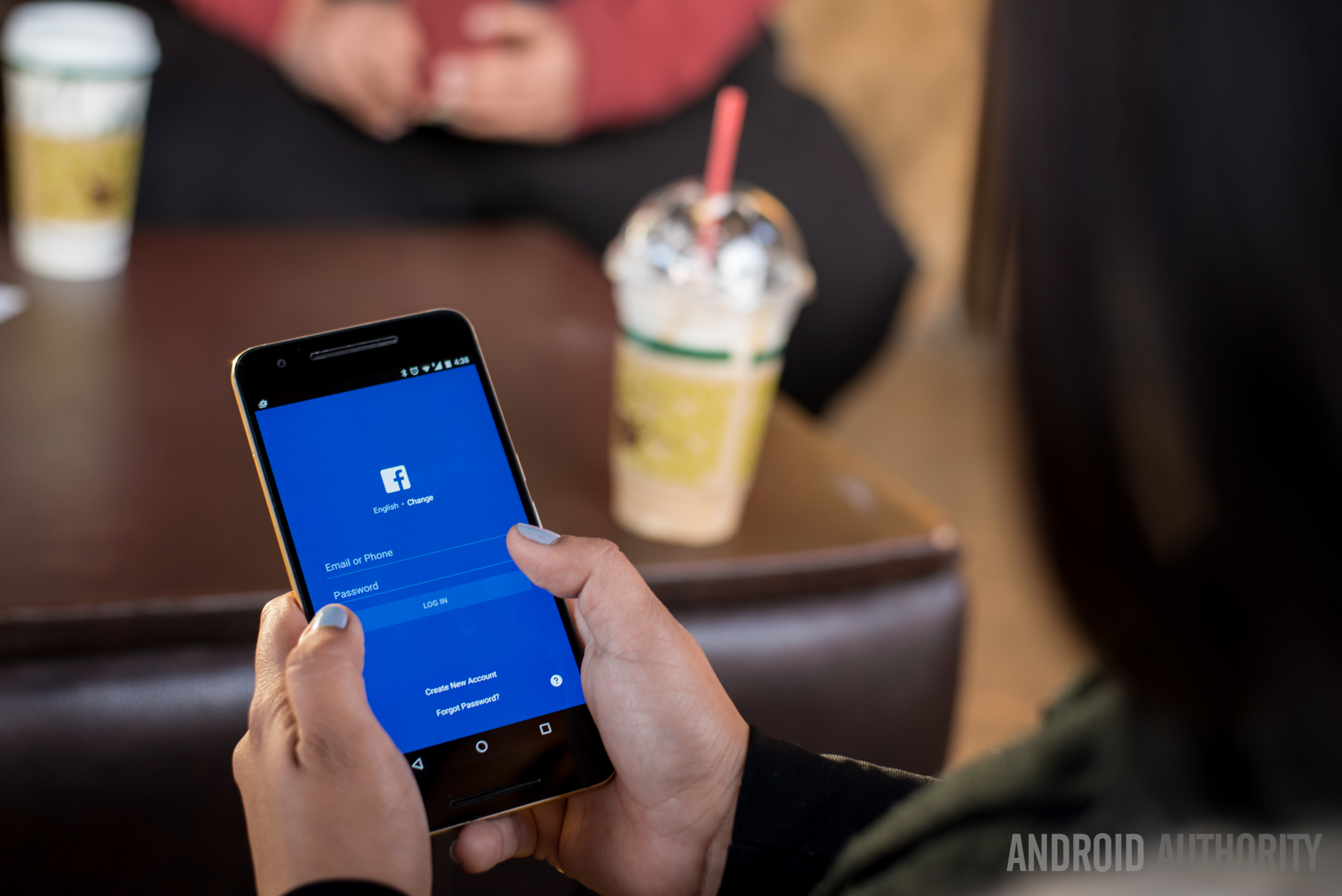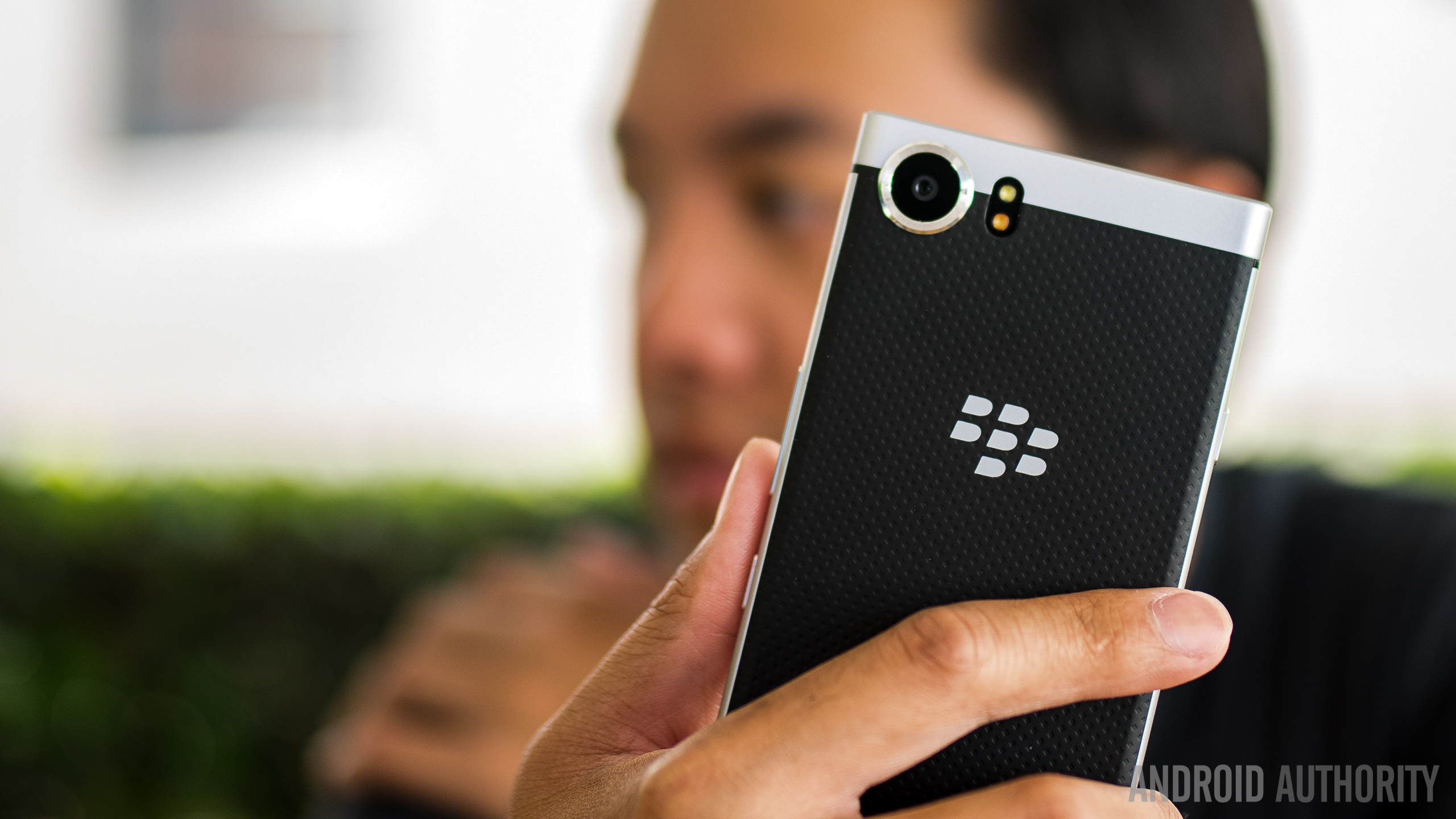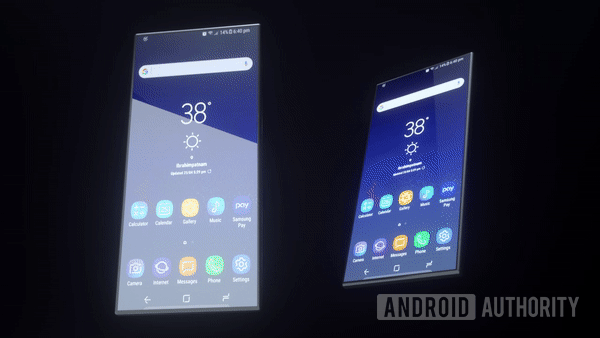
How does your choice of smartphone affect the world? Your phone has a lot of precious stuff in it, and I don’t just mean your amazing photos. Sourcing the materials inside your device is a complex supply chain task: messy, dangerous, and one that often pushes on ethical boundaries.
Consider diamonds, one of the most sought-after resources in the world. Blood diamonds aren’t just the stuff of movies — they’re a real part of the diamond market and represent an industry every bit as brutal as the 2006 Leonardo DiCaprio film suggests.
Conflict resources are largely unknown to most consumers, but responsible consumerism is a growing movement. As the issue has become more widely known, a growing number of people have started refusing to buy jewelry containing blood diamonds. But it’s not just the diamond market dealing with these growing concerns.
The smartphone industry doesn’t deal in blood diamonds, but many devices use materials and natural resources often just as hotly contested. They’re known as conflict minerals, and learning about them will give you valuable insight into some of the important ethical problems that smartphone manufacturers — and you — face.
Gold, Tin, Tantalum, and Tungsten: The “3TG”
There are four conflict minerals legally defined by laws across the globe, including the U.S. and EU. The minerals are dubbed 3TG, for tin, tantalum (sometimes known as coltan or blue gold), tungsten, and gold.
The three “Ts” are mostly mined in the Democratic Republic of the Congo (DRC), and they’re all used extensively in electronics. The minerals are also mined in other places, like Australia and South America — generally by large industrial conglomerates without as many worker welfare concerns. Mining operations in Africa produce a huge percentage of the global supply of 3TGs and they do it cheaply. The minerals have many uses in electronics and are found throughout our smartphones:
- Tantalum is used primarily for the production of tantalum capacitors, which have a comparatively high capacitance per volume and low weight.
- Tin is used for solder on most circuit boards on the planet, and in displays, including LCDs and OLEDs.
- Tungsten is used for its hardness in wires and electrodes. Smartphones also vibrate via haptic feedback or for notifications by using an off-center motor made of tungsten components.
- Gold is more commonly known and used extensively in electronics both directly for electronic contacts, connectors, and wires, and in some chemical compounds used in certain semiconductor manufacturing processes. Huge quantities of gold are sold illegally.
 Shutterstock
Shutterstock
Why conflict? And why has it been going on for so long?
Speaking on a conference call for TCO Compliance in June, Joakim Wohlfeil, a policy advisor on conflict and justice for international development organization Diakonia, explained the sources of conflict, and the problems facing “artisanal” miners in Africa.
The word artisan is generally associated with skilled crafts, but don’t be fooled. This is hard labor: millions of individuals mine in a semi-organized fashion by hand, without modern industrial techniques, to provide income for their families.
The miners work in a wide region covering parts of the eastern DRC, northwest Uganda, southern areas of South Sudan, and Rwanda. Wohlfeil noted workers as young as 10 dig in an environment lacking health or safety standards, often with only handheld tools.
While some of these artisanal mines are conflict-free, issues occur when armed actors take over a natural resource-rich area, and regularly raid miners working there.
Wohlfeil explained that on “good days,” armed forces only loot minerals extracted that day.
“On a bad day the armed actors take their food as well,” said Wohlfeil. As for calling the police? “The miners just laugh at you for suggesting it: the police will simply take whatever else hasn’t been taken.”
98 percent of mined gold is exported illegally from the Congo.
The armed groups rule through lawlessness and deliberately avoid any kind of active peace. Peace brings laws, regulation, taxes, and customs duties.
According to Wohlfeil, who speaks with miners in conflict zones, the armed groups trade the minerals via informal methods, and where gold is involved, often fetch surprisingly high prices. Criminal organizations like the Russian and Italian mobs legitimize their cash by purchasing gold, which can be easily washed into the economy. In the DRC alone, an astonishing 98 percent of mined gold is exported illegally.
Tantalum also isn’t traded on a metal exchange like the London Metal Exchange, making movements of the raw ore difficult to track and purposefully obscured by suppliers. The price paid for the material is usually determined solely by negotiations between buyer and seller, rather than a constant market.

What are the rules or laws?
Issues surrounding conflict minerals are not new. Almost two decades after the problem of “conflict minerals” in the eastern DRC first came under the international spotlight, efforts pushing importers, suppliers, and companies using these minerals to do better have had their share of missteps.
100kg of gold can buy 5,000 AK-47s
In the United States, the Dodd-Frank Act (Section 1502) forces companies to exercise due diligence on suppliers when buying more than 100kg of a coveted resource. That figure alone has been strongly criticized as too lenient. To put it in perspective, Wohlfeil noted 100kg of gold can supply a force with 5,000 AK-47s.
President Donald Trump has been putting pressure on Dodd-Frank, repealing large sections of the law to strip away business regulations.
The EU is more focused on ensuring importers of 3TG meet international responsible sourcing standards. This places the burden on importers to do the work. The scope of the laws was reduced following industry pressure to reduce mandatory due diligence, a heavily criticized move at the time. The act will not become law until 2021.
In China, 3T minerals are regulated, but gold is not. This is a significant freedom for Chinese companies and those selling conflict-sourced gold into Chinese markets.
How it all relates to your smartphones
The private sector is the key to responsible sourcing when companies choose to go beyond mandated rules and provide real financial sway in avoiding conflict minerals.
Sustainability in most industries first focuses on removing highly dangerous (and often highly useful) chemicals like asbestos. In electronics, one of the first major pushes was to remove lead from products, along with other problematic or poisonous metals such as nickel, beryllium, and mercury.
Removing conflict minerals from smartphones has been more difficult. All major companies — including Alphabet (Google), Samsung, and Apple — file reports on their efforts to remove conflict minerals from their devices, and many join associations or seek certifications like the Conflict-Free Sourcing Initiative (CFSI).

The reports filed by these companies offer public disclosures on due diligence performed in accordance with internationally recognized standards to determine whether the supply chain for the product contains conflict minerals. Reports vary between companies. Apple notably removed a number of upstream supplies such as smelters from its supply chain — it booted 22 smelters or refiners in 2016 following audits, and 10 more in 2017.
The Enough Project, an anti-genocide nonprofit organization, judged U.S. companies on their efforts specifically in the Congo to develop conflict mineral-free supply chains in late 2017. It ranked Apple and Google at the top among U.S. companies, though HP, Microsoft, and Intel also earned high rankings. Samsung didn’t fare so well. (All data below via Enough.)
In better news for Samsung, an Amnesty International report in 2017 ranked Samsung and Apple equally high for efforts to remove conflict-sourced cobalt, another mineral with issues regarding sourcing, though not a legally defined conflict mineral by Dodd-Frank.
Samsung, LG, and Huawei phones have earned a gold certification from EcoLogo, which has requirements around conflict minerals and many other sustainability aspects. The Samsung Galaxy S8 was the first smartphone to receive the gold certification, though phones like the LG G6, Huawei Mate 10 Pro and P20 have since joined it.
TCO Compliance, a leader in sustainability certification for IT products, is also starting a new certification model for smartphones. No current smartphones have this third-party certification, though TCO has awarded a separate certification covering supply chain checks for conflict minerals to more than 3,000 monitors.
What can we do?
If changes are driven by private business, our consumer choices will drive change in those businesses as well. Activism and serious investigations have heaped pressure on organizations in the past, leading to new laws and changes in business practices.
The Fairphone was one of the most ambitious attempts to bring the maximum possible sustainability to smartphones, featuring a modular design produced with minimal environmental impact. We’ve covered Fairphone extensively in the past. It was one of our favorite smartphone underdogs, and it’s still doing well, now selling the modular Fairphone 2. The company is also trying to add longevity to the phone through Android OS upgrades, rather than just releasing another model.
 Fairphone
Fairphone
The company told Android Authority via email it has sold more than 150,000 Fairphones to date.
“We are currently focusing on Fairphone 2 and giving it a longer lifespan,” said a spokesperson. “We are not going to release new models every year, however as a technology company, we will stay innovative in this field. So a new model may come at some point but right now it’s not the focus.”
The business is not yet profitable through sales alone, but it’s making progress. It’s received a recent investment of 6.5 million euros, and is planning to increase operations with resellers like Orange in France and Mobilcom in Germany. Whether ethically-sourced products like the Fairphone can ever compete with mainstream juggernauts remains to be seen, but it is encouraging to know these efforts are gaining support.
Scratching the surface
Conflict minerals are just one problem facing the smartphone industry. The effects of humanity’s consumption — from sourcing to the inevitable disposal of an obsolete device — are almost incomprehensible. Awareness and understanding is the first step. Our smartphones are increasingly important to daily life, even as we fight an addiction to them which is harming us.
The second step falls on us — putting more thought into our purchases big, small, smartphone or not. It’s possible a popular KONY-style movement might start for conflict minerals. Maybe a Blood Diamond sequel will raise further awareness of the problems in the DRC. For now, we can exert what little influence we have by deciding what to buy, how long we go between purchases, and what we demand from companies based on how they deal with these issues. If any of what you’ve just read has helped inform your next purchase then we’re all one step better off than we were.
via WixxSid


